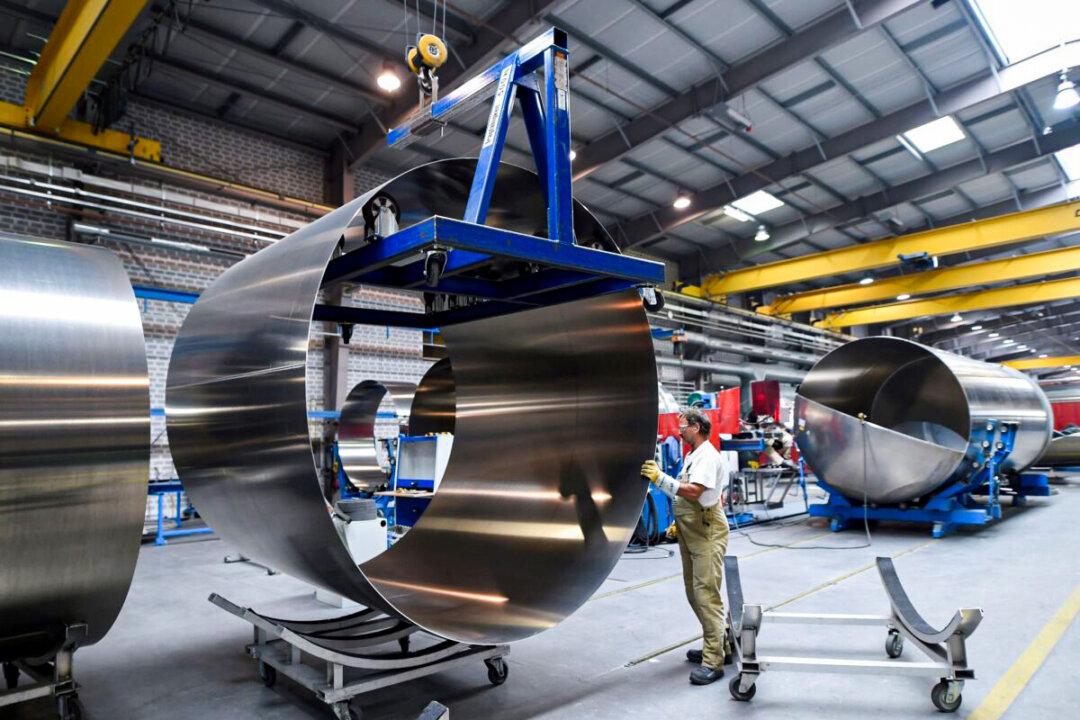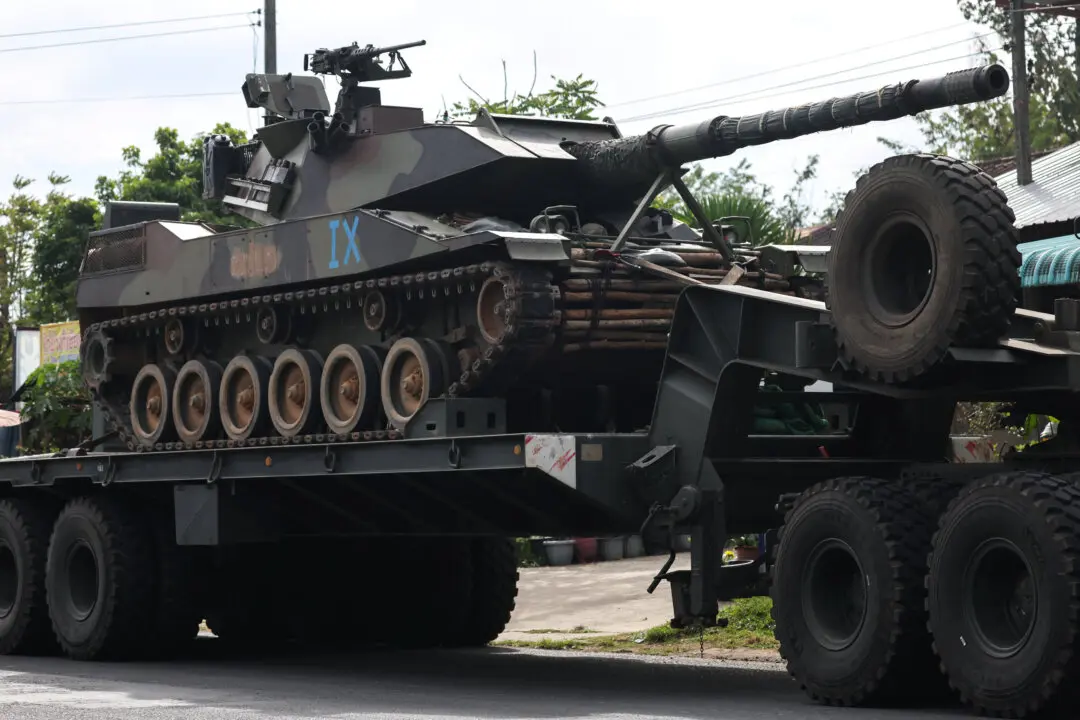LONDON—Euro zone manufacturing output growth stalled last month as factories struggled to source raw materials while demand took a knock from steep price increases and fears about the economic outlook, a survey showed.
Russia’s invasion of Ukraine, coupled with renewed COVID-19 related lockdowns in China, have exacerbated supply chain bottlenecks and left factories struggling and forward-looking indicators in the survey did not point to an imminent turnaround.





